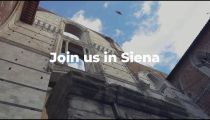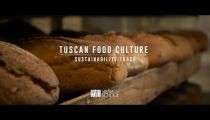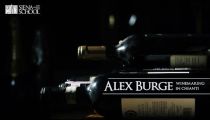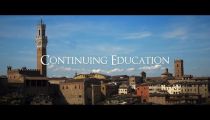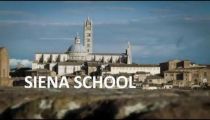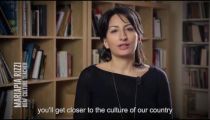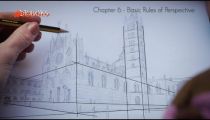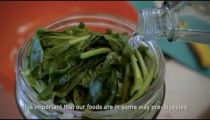Education in Siena
This blog article is very special for us at Siena School for Liberal Arts: its author is NAU teacher Frances Julia Riemer, whose students were with us for Siena School/NAU 2016 Education Program!
I’ve been lead faculty for Northern Arizona University’s (NAU) second elementary-education majors’ semester abroad in Siena, and it’s clear that we are all, students and myself alike, sad that our time in Siena is coming to a close. We’ve had a wonderful four months in Siena. In addition to cultural visits, Italian classes, and home stays with local families, education majors spent a few days each week at San Girolamo school, a K-5 Catholic school that educates approximately 100 children across five grades. The NAU students observed, assisted, and facilitated activities during the K-5 students’ English as a Second/Foreign Language classes, clocking more than 45 hours of practicum experiences in the process.

It’s not hard to argue that a semester abroad experience is particularly important for education majors. In a few short years, they’ll be standing in front of their own classes of impressionable children. In these times increasing student diversity in US classrooms, it is imperative that teachers see learning and teaching as cultural practices. As multicultural educator Geneva Gay wrote, teachers must come to understand that “culture is at the heart of all we do in the name of education.” As they navigated the Italian classroom, where time is a more leisurely construct and student chatting and play are regular activities, my education students began to recognize their own cultural identities, to de-center the US educational system and practices, and to critically analyze their own assumptions about learning and teaching.
As an educational anthropologist, I had the opportunity to provide guided reflection, and so we talked about making the strange familiar and the familiar strange, and practiced using our sociological imaginations on the world around us. Armed with these new cultural lenses, the students contemplated the ways children learn language and the ways we do school, and after classes, explored Siena’s neigborhoods, serpentine streets, holy places, and late-night life. They made new best friends and became bolder, more confident, and more curious. They traveled in and outside Italy in pairs, groups and independently, and blogged and journaled about their adventures.
Home stays, arranged by Siena School staff, were an important part of the dynamic. The students quickly made host parents and siblings part of their extended family. They learned how to eat cena at the late hour of 8:00 pm, to make their needs known with their evolving Italian skills, and to negotiate the city’s less than dependable bus system. They tried new foods, and even those who professed to be picky eaters soon told me how much they liked the way their host families made particular dishes.
“It’s a great experience, probably the best experience in my life. … Being submerged in the culture.…My ability to grow as a person, I went from the tourist to the citizen of Italy,” the students asserted about our months in Siena. During the semester, they learned about both Italy and themselves. They also discovered that learning and teaching, like eating and dressing, are practices embedded in culture, politics and history. Now I’m not saying that four months of study abroad will cure the ills of the American school system. But I am saying that the Spring 2016 semester in Siena, the education majors became global citizens, comfortable in a world now larger than before.



